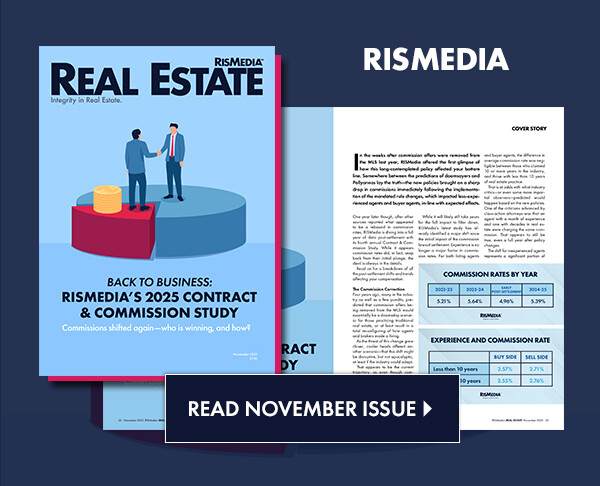One of the first steps people tend to take when they become serious about social media is creating a content calendar. Having a content calendar can take a seemingly simple goal of posting “X” times a week and give you a clear action plan to stick to. But before you dive in, here are a few important things to keep in mind before drafting a calendar.
Define your goals
Creating a content calendar is already a big step in the right direction, but it’s important to set aside time to know your “why” behind this goal.
Do you simply want to gain more followers who could become leads? Do you want to use social media as a stepping stone to prop you up in the next step of your career? Or do you want to build an authentic brand and become top of mind in your community when people think of looking for an agent?
Whatever your “why” is, your goals will shape the kind of content you create, and it’s important to know if you want to measure your success.
Read Premier Report: Social Media Success: A Real Estate Pro’s Guide to Planning and Content Creation.
Plan out your main content types
In order to create enough original content to fill your calendar, you have to know what kind of content you’ll be posting.
Whether it’s educational videos, relatable content, promotional or behind-the-scenes posts, having a few different kinds of content will help balance out your feed and keep things interesting for your audience.
Besides the content itself, you should also give some thought to whether you want to focus on short-form or long-form content or photos with long captions.
Narrow down what platforms you want to focus on
Most content creators, even if they post on all platforms, typically hone in on one, posting the majority of their original content on said platform and then posting “just enough” repurposed content on the others.
By keeping one or two social media platforms as your main focus, you can streamline your calendar, avoid burnout and tailor your content to each platform’s algorithm.
It helps to do research on each platform and what performs best on each. If you know your audience is mostly on TikTok and Instagram, then it doesn’t make sense to devote time to Facebook and LinkedIn, or vice versa.











